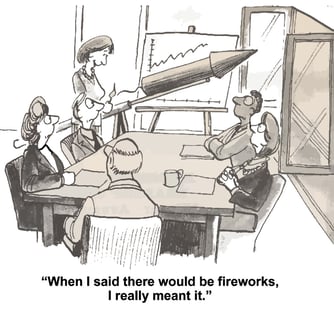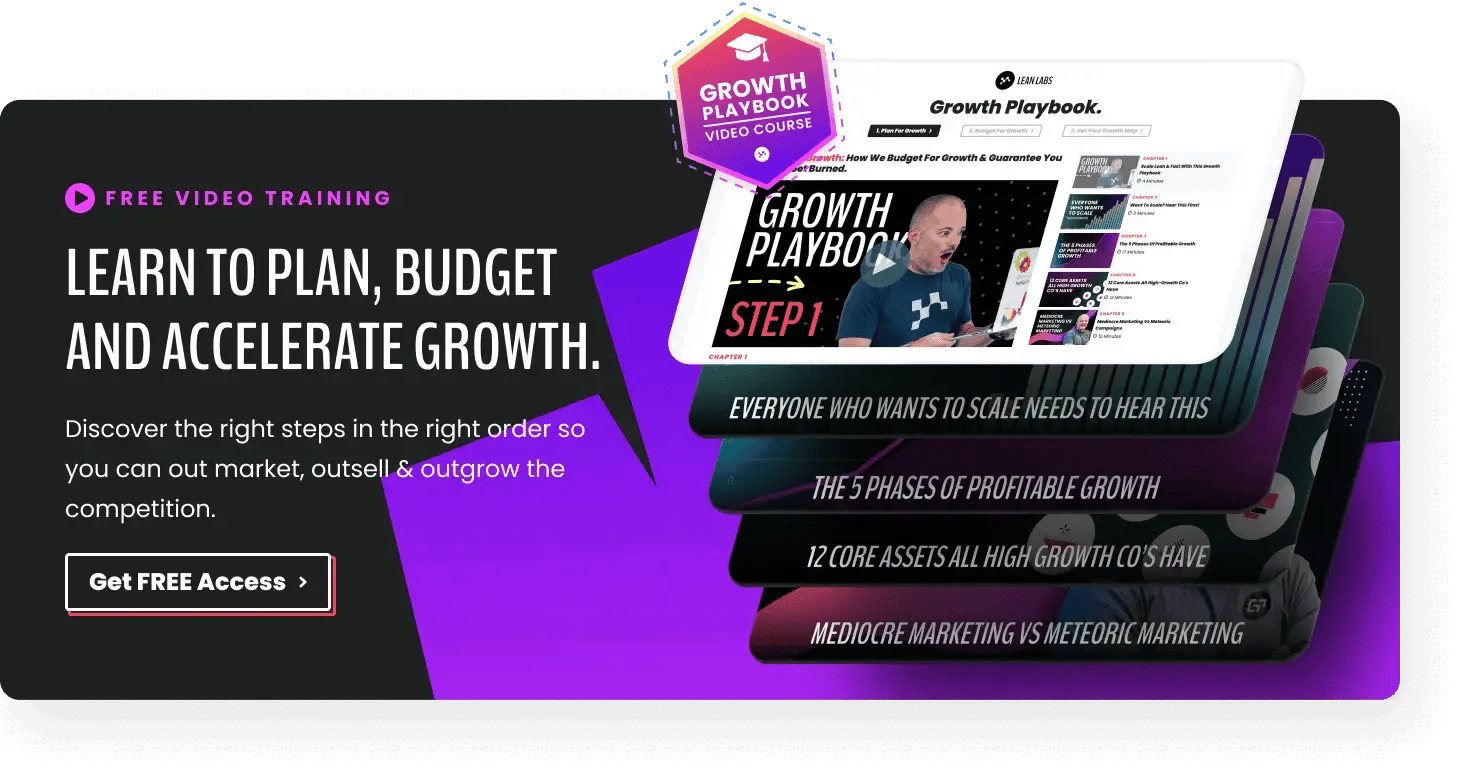When it comes to conveying your marketing message, you need to choose your words for clarity, brand consistency, and impact, and once you’ve crafted them just right, you’ve done your job, right? Well, not exactly.
As the subtitle of Frank Luntz’s book, Words that Work, says, “It’s not what you say, it’s what people hear.” You can make every effort to get your message across clearly, but to get through to your audience, it takes a bit more. Getting people to take to heart what you’re saying requires evoking emotions, showing them that you care about what matters to them and conveying a sense of trustworthiness. This requires packaging your content in the right context and the right format. That’s where framing comes in.
VIDEO INSIGHTS
Learn The 4 Pillars Of A Winning Website.
Watch the FREE video training to learn:
- The #1 marketing mistake most websites make
- Four pillars of a winning website
- A step-by-step process to apply these pillars to your site
Thanks for submitting the form!
We'll review the information you've submitted and respond to you just as soon as possible.
The Importance of Framing Your Marketing Message
“Framing” refers to a set of messaging conventions and tactics that have the power to dramatically increase people’s receptiveness to your content. When a piece of content is framed with skill, the information you share with your potential customers is optimized for effectiveness and persuasiveness. It’s about influence, trust, empathy, scannability, discoverability and social proof.
For example, you’d be far more receptive to a suggestion that you refinance your mortgage if it came from a respected and decorated academic economist than if a stranger yells at you at a gas station that you should really call his mortgage broker. In this sense, framing is “spin” at its best – without changing any of the content itself, framing enables you to gain trust and attention, which are extremely hard to come by.
The Elements of Message Framing
Skilled framing requires getting inside the heads of your prospects, so you can understand and leverage what will more likely drive a response. That’s why building a set of useful and well-researched personas is a prerequisite to any framing efforts.
Next you’ll want to map out your various argument approach models, or “frames.” What point of view makes the most sense for each of your message types and personas? For example, should you take a positive vantage point, or would a negative one be more effective? Do you have to wake up at 6:45 AM, or would it feel like you’re getting more sleep if you say you’ve set your alarm for a quarter to seven?
Surprisingly, the same information is met with dramatically different responses when couched in the positive as compared to the negative. One study out of Brown University demonstrated that people are more likely to agree to surgery when they are told the survival rate, as compared to that of complications – even though the percentages discussed represented precisely the same outcomes. Will people pay more attention to what you have to say if you explain what they have to gain by using your solution, or if you warn them about the dangers of not opting in?
The next framing parameter to consider is placement. The optimized placement of your message across owned, paid and earned media – including timing – ensures that your content fits well into the experience an audience is expecting, so that people are enticed to read your words and convert.
Next, make sure to choose the particular words you use wisely. Different words have different connotations and baggage, even when they have the same definitions. The words you use should be selected with care to convey your intent, again with an eye on your audience, any potential offense you might cause, any unintended double entendre in your words, sub-cultural nuances, degree of formality, the use of industry jargon and so forth. All of these are factors in word choice will enable you to be that much more, or less (see what we did there?), accessible to your audience.
Keep in mind that design alone can be an extremely useful means of framing. Skilled use of typefaces and font sizes to highlight key points and downplay others enables your audience to understand the key points of your content intuitively and without friction, so make use of these tools consciously and for the best effect.
Similarly, using great visuals and image placement to frame your content can increase its potential for impact in manifold ways. After all, those pictures are each worth the proverbial thousand words, so it goes without saying that that when combined with your carefully chosen text, they enhance your words immeasurably.
Keep It Inside the Frame
Fundamentally, framing is what communicating with your prospects is all about. Whether you are aware of it or not, your content already employs argument tactics, uses words that are loaded with baggage, is designed to convey a sense of mood and is presented in a certain context. By consciously and intentionally framing your information to speak to your audience, you increase the likelihood that they will go along for the journey. That is why how you frame your materials should always be a deliberate decision and something that happens haphazardly or passively.
The capacity to design how you frame what you need to say is powerful. Simply being aware of your framing will suddenly change what you’re aiming convey to have a greater impact on your audience.
A content and social media marketing specialist, Ben Jacobson joined the Lean Labs team in the summer of 2014. Ben has been active as a digital branding professional since the early days of social media, having overseen projects for brands including MTV, National Geographic, Zagat and Wix. His writing has appeared in Social Media Explorer, Search Engine Journal, Techwyse and the Mad Mimi Blog. Ben resides just south of the Carmel Mountain ridge in Israel with his dashing wife and two sprightly descendants.






